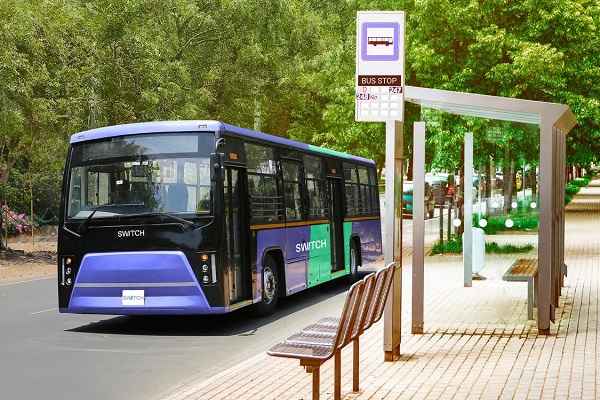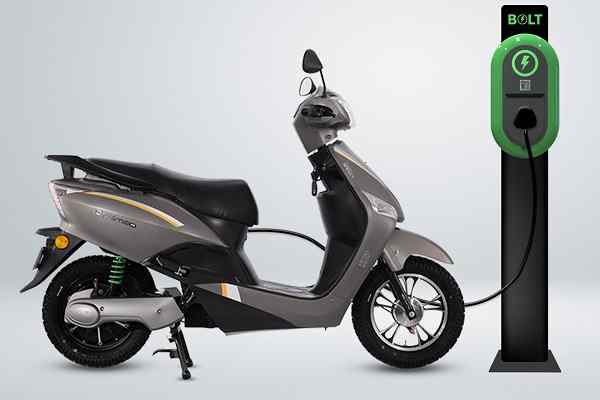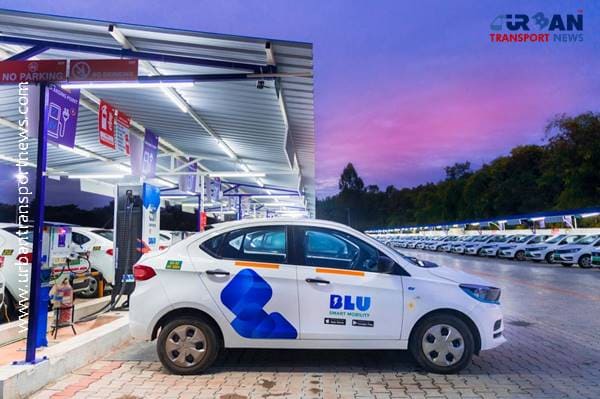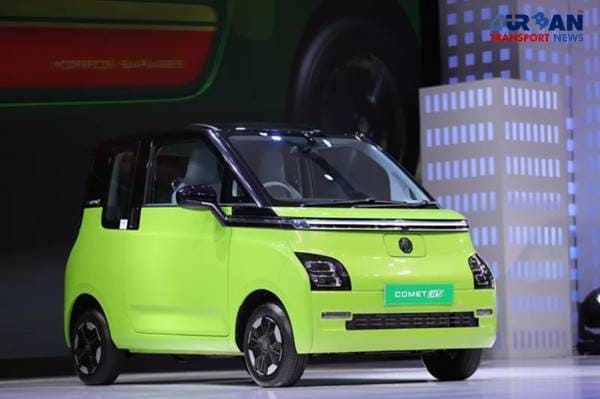 Delhi unveils ambitious Urban Mobility Vision: Luxury Metro Coaches, New Tunnels and Pod Taxi
Delhi unveils ambitious Urban Mobility Vision: Luxury Metro Coaches, New Tunnels and Pod Taxi Qatar approves Saudi Rail Link Agreement, Accelerating Gulf Railway Vision 2030
Qatar approves Saudi Rail Link Agreement, Accelerating Gulf Railway Vision 2030 UP Govt plans to introduce Water Metro services in Ayodhya, Varanasi & Prayagraj
UP Govt plans to introduce Water Metro services in Ayodhya, Varanasi & Prayagraj India’s First Urban Ropeway begins Trial Run in Varanasi, Set to carry 1 Lakh passengers daily
India’s First Urban Ropeway begins Trial Run in Varanasi, Set to carry 1 Lakh passengers daily India and Bhutan to Build First-Ever Rail Link: ₹4,033 Cr Project to Boost Regional Connectivity
India and Bhutan to Build First-Ever Rail Link: ₹4,033 Cr Project to Boost Regional Connectivity Patna to launch Eco-Friendly Water Metro; Trial Run soon between Digha and Kangan Ghats
Patna to launch Eco-Friendly Water Metro; Trial Run soon between Digha and Kangan Ghats Air India Group set to launch Flights Operations from Navi Mumbai International Airport
Air India Group set to launch Flights Operations from Navi Mumbai International Airport Chennai to launch 25-Year Mobility Plan with Unified QR Ticketing and One-App Transit System
Chennai to launch 25-Year Mobility Plan with Unified QR Ticketing and One-App Transit System Kochi Metro bags ₹4.4 crore contract to prepare DPR for Mumbai Water Metro Proejct
Kochi Metro bags ₹4.4 crore contract to prepare DPR for Mumbai Water Metro Proejct Navi Mumbai International Airport set for September launch; IndiGo and Akasa Air to lead Operations
Navi Mumbai International Airport set for September launch; IndiGo and Akasa Air to lead Operations
Revolutionizing Public Transportation in India: The Road to Electric Mobility

India's public transportation landscape is undergoing a rapid transformation, with a focus on embracing electric vehicles (EVs) to pave the way for a sustainable future. This shift extends beyond urban boundaries, reaching into long-distance travel, promising a greener and more efficient transportation system. To ensure the seamless integration of electric buses into the country's diverse transportation fabric, it is essential to adopt a comprehensive and pragmatic approach.
Powering the Journey
The Role of Advanced Battery Technology
The heart of this transition lies in the endurance of battery technology. As buses play a pivotal role in India's public transport, it is crucial that EVs can sustain long journeys, crossing city limits and navigating intercity routes. The current challenge involves the need for robust battery life and charging infrastructure to support distances ranging from 400 to 500 kilometres. While advancements are underway, addressing existing limitations in battery capacity and charging times is imperative for the success of long-distance EV buses.
Rethinking Design for Safety and Efficiency
A holistic perspective on designing electric buses for intercity travel is essential. Original equipment manufacturers (OEMs) must prioritize safety considerations, recognizing that these buses operate at higher speeds on highways. Unlike city-centric electric buses, which focus on lightweight structures for improved battery efficiency, long-distance EV buses demand rigorous safety testing and design considerations. Standardized safety measures, including crash and collision tests, should be integrated into EV bus designs to ensure a safer consumer product on the roads.
Charging Ahead
Infrastructure Development for Extended Journeys
Establishing an effective charging infrastructure for long-distance travel is another critical aspect requiring attention. While cities have made strides in creating robust charging networks, the challenge lies in providing sufficient charging points and fast chargers along highways and intercity routes. A comprehensive approach is needed to instill confidence in travelers and operators, extending the charging infrastructure beyond urban centers.
Debunking Myths
The Consumer's Value Proposition
Addressing misconceptions about electric buses is vital to shaping the consumer's value proposition. Contrary to popular belief, these buses are not entirely noiseless, especially at higher speeds. Additionally, concerns about the environmental impact of battery disposal challenge the perception of EV buses as the ultimate solution for environmentally conscious travel. A transparent discourse on these matters is essential to manage expectations and promote informed decision-making.
Government's Role
Driving Sustainable Adoption
The government plays a pivotal role in facilitating the widespread adoption of long-distance EV buses with the right safety and infrastructural measures. Recognizing the current gaps in safety, design, and infrastructure, collaboration between OEMs and operators must be encouraged. Providing incentives, facilitating financing options, and supporting operator training will be crucial to drive the shift towards a sustainable future for public transportation.
In conclusion, the transition to long-distance EV buses holds immense promise for India's public transportation. However, success hinges on a thoughtful and comprehensive approach, ensuring the development of a sustainable and dependable ecosystem that aligns with the needs and expectations of all stakeholders involved. It's not just about launching buses; it's about revolutionizing the way India travels for a greener tomorrow.







